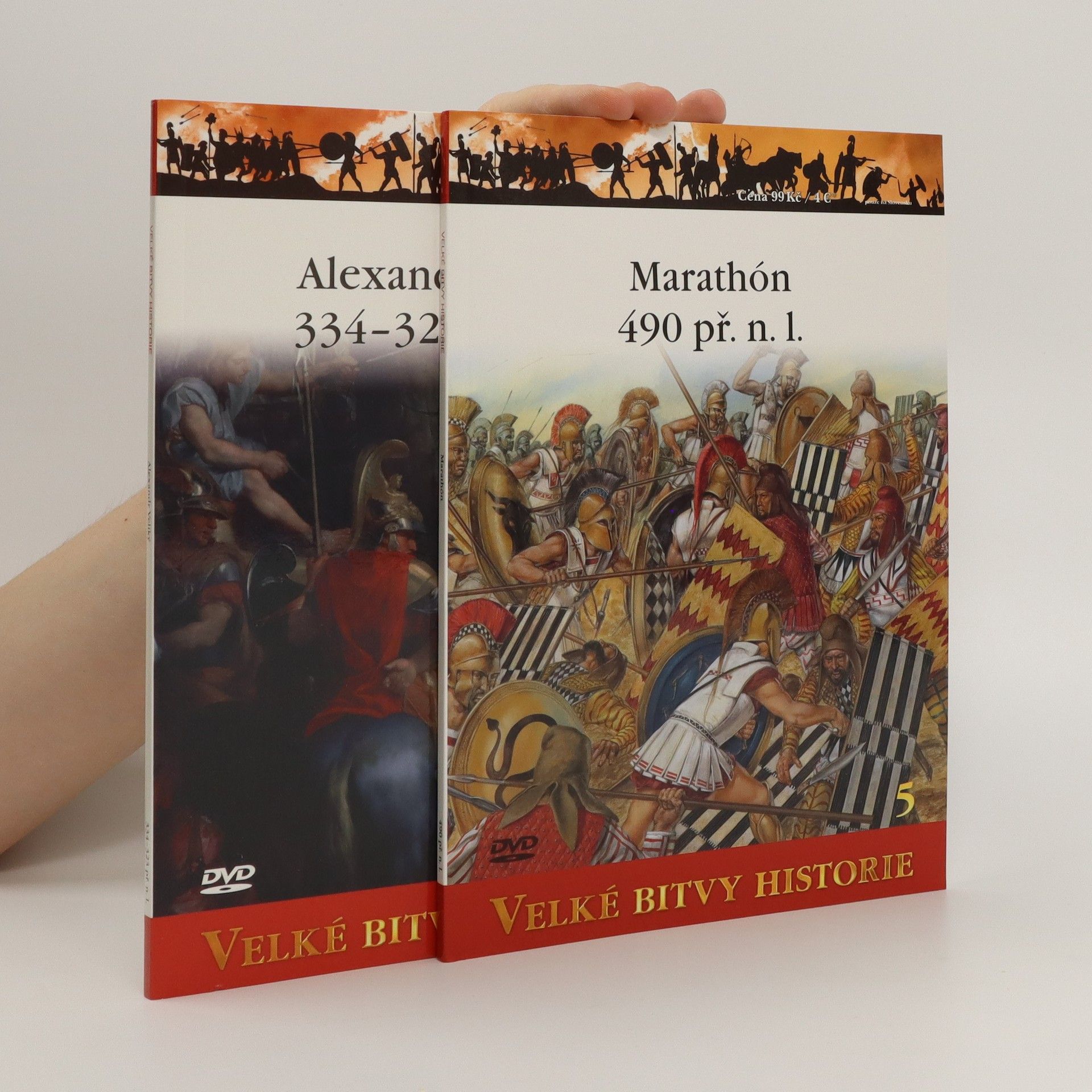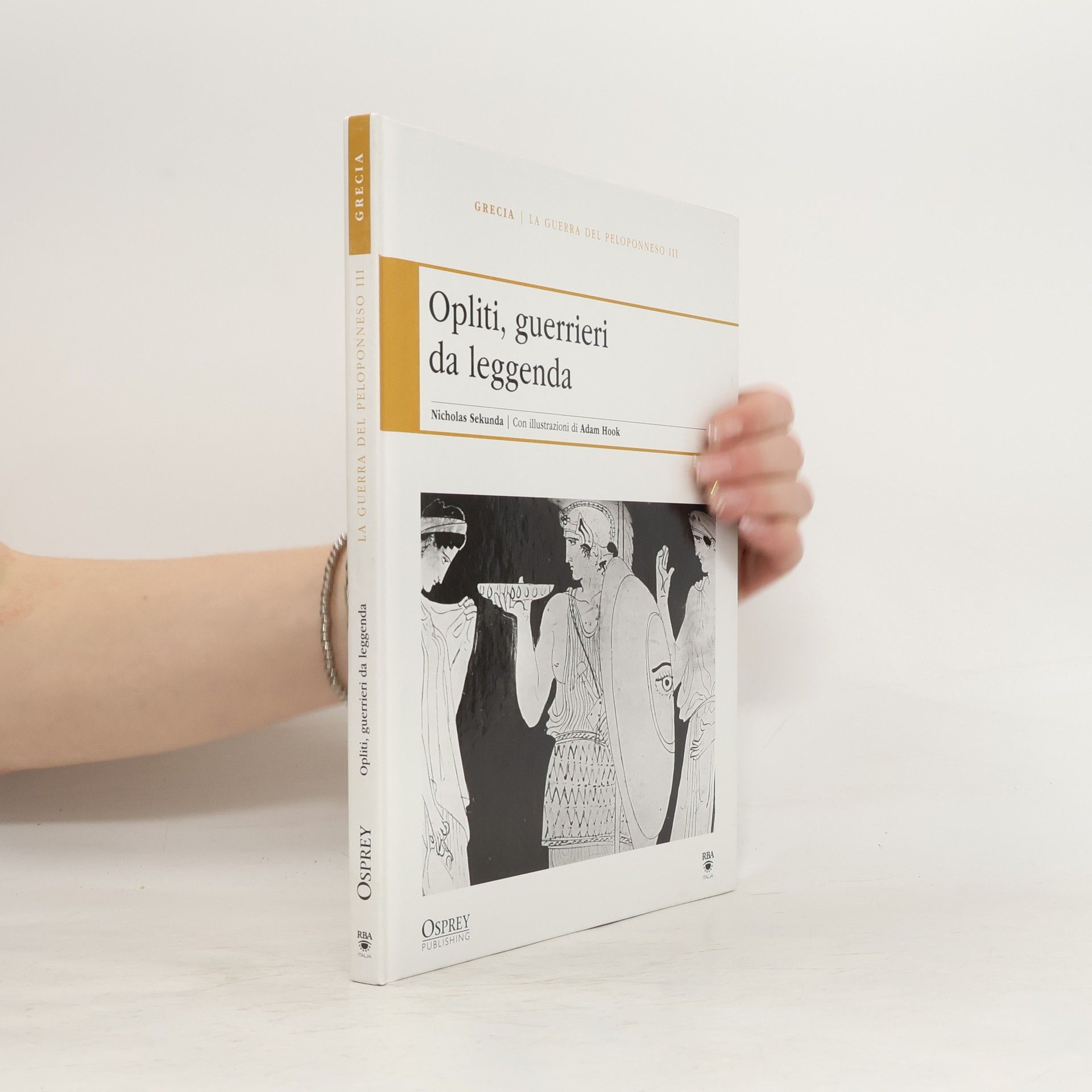Nicholas Sekunda Libri
Nicholas Sekunda concentra la sua scrittura sulla storia antica e sull'archeologia. Le sue opere spesso approfondiscono la storia militare e le scoperte archeologiche, informate dalla sua vasta ricerca sul campo. Porta un rigore accademico unico e un'esperienza pratica di scavo nelle sue esplorazioni del passato. I lettori apprezzeranno la sua profonda conoscenza e il suo avvincente stile narrativo.





